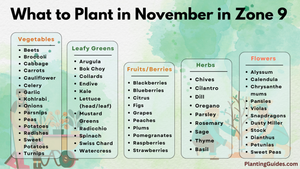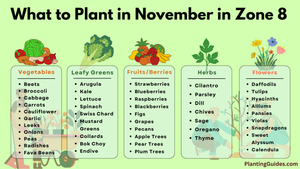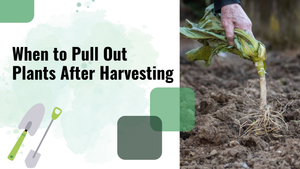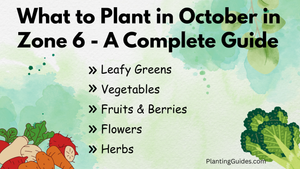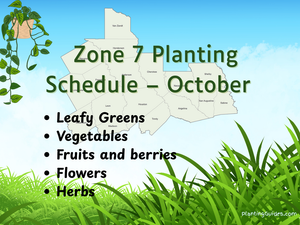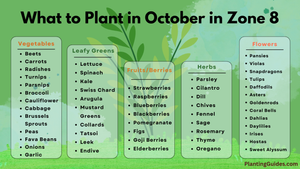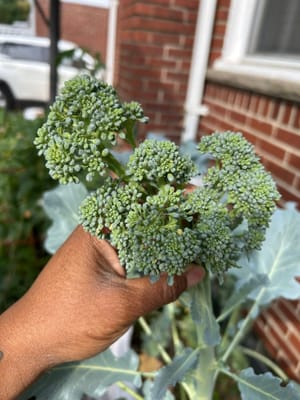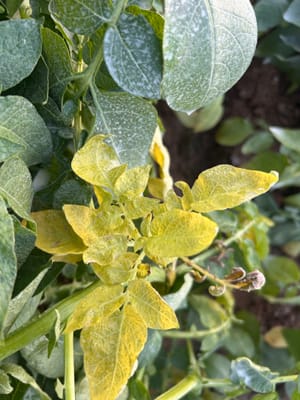Improve Garden Soil for Vegetables - Soil Preparation Chart
By Parvez Akhtar Pasha | May 09, 2025
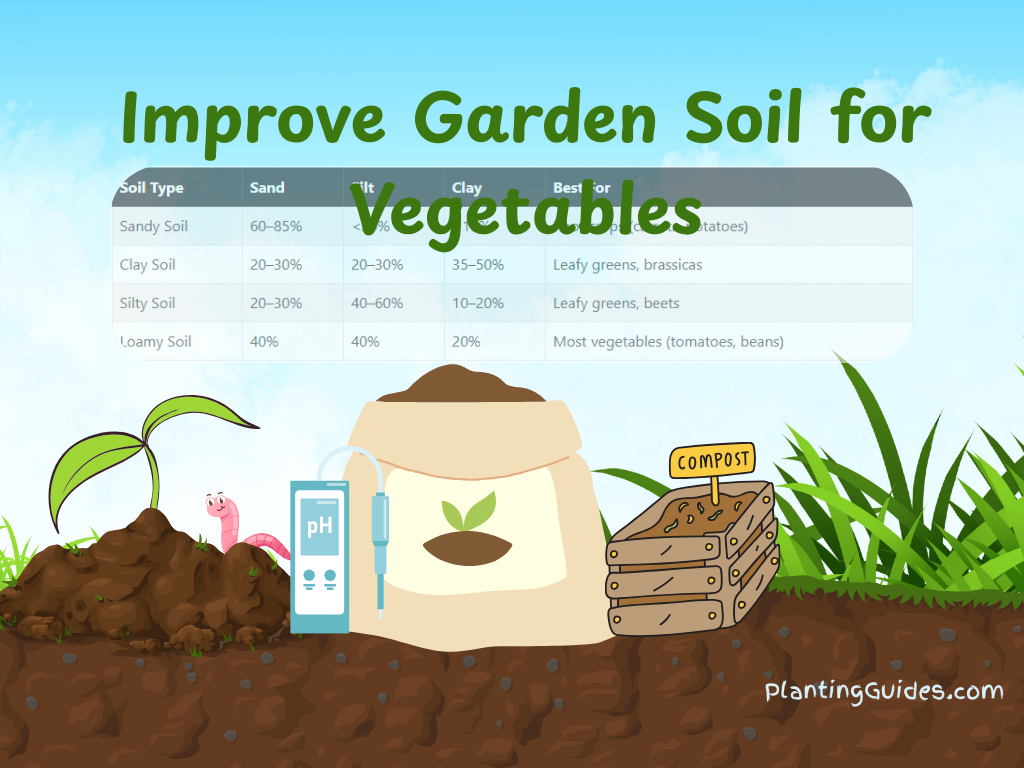
Good quality soil is the most important thing for a plant. If you are in any gardening online communities, you must have seen this question: "Which type of soil should I use for my vegetables?".
Today, I will tell you how to improve the quality of your garden soil and what type of soil should be used for which vegetable. Also, how to make the ideal soil mixture for growing healthy, productive vegetable plants.
Note: I hate buying soil until the garden soil is unusable. Take your garden soil and make it better and healthier for your plants.
At the end of this article, you will find a chart for the best soil preparation guide for vegetables.
pH Testing and Adjustment
It is best if you can test the pH of your soil. For this, you can use a pH testing kit or take your soil sample to a nearby lab.
Most vegetables prefer a slightly acidic to neutral pH (6.0–7.0) (Most vegetables do not mean all vegetables 😁). If your soil is not within the ideal pH range, you need to use different materials to adjust the pH of the soil.
If your soil is too acidic (pH below 6.0), you may go with these.
| Amendment | How It Works |
|---|---|
| Garden Lime (Calcium Carbonate) | Neutralizes acidity and adds calcium |
| Dolomitic Lime | Raises pH and adds magnesium |
| Wood Ash (from hardwoods) | Alkaline, contains potassium, calcium, and micronutrients |
| Crushed Oyster Shells | Slow-release alkaline calcium carbonate |
| Ground Eggshells | Mild, slow pH raiser and calcium source |
| Biochar | Slightly alkaline depending on feedstock |
If your soil is too alkaline (above pH 7.0), you can go with these.
| Amendment | How It Works |
|---|---|
| Elemental Sulfur (Flowers of Sulfur) | Soil microbes convert sulfur to sulfuric acid |
| Aluminum Sulfate | Instant chemical acidifier |
| Iron Sulfate | Lowers pH and provides iron |
| Sphagnum Peat Moss | Naturally acidic and organic |
| Acidic Compost | From oak leaves, pine needles, or fruit scraps |
| Coffee Grounds | Slightly acidic organic matter |
| Pine Needles | Acidic when fresh; pH drops over time |
It's not over yet. For a different type of soil, you need to know the amount of Lime Needed to raise the pH by 1 Point.
| Soil Type | Amount of Lime Needed to Raise pH by 1 Point (per 10m²) |
|---|---|
| Sandy Soil | 3.3–4.4 lbs |
| Loamy Soil | 4.4–5.5 lbs |
| Clay Soil | 6.6–8.8 lbs |
Always mix amendments into the top 15–20 cm (6–8 inches) of soil and water thoroughly.
Understanding Soil Texture and Adjustment
Soil is made up of three main components: Sand, Silt, and Clay. For most of the vegetables, the Ideal Loam Composition of soil is Sand(40%), Silt(40%), and Clay(20%).
But different vegetables may have different preferred soil compositions, so you will need to keep in mind the soil composition according to the plant's needs.
Here is the ideal Soil Texture for Vegetables.
| Soil Type | Sand | Silt | Clay | Best For |
|---|---|---|---|---|
| Sandy Soil | 60–85% | <20% | <15% | Root crops (carrots, potatoes) |
| Clay Soil | 20–30% | 20–30% | 35–50% | Leafy greens, brassicas |
| Silty Soil | 20–30% | 40–60% | 10–20% | Leafy greens, beets |
| Loamy Soil | 40% | 40% | 20% | Most vegetables (tomatoes, beans) |
You need to follow this to adjust the soil texture.
| To Make Soil More... | Add This |
|---|---|
| Loamy | Compost + sand or clay depending on existing texture |
| Drainable | Coarse sand, perlite, or grit |
| Moisture-retentive | Compost, coconut coir, or clay-rich soil |
| Nutrient-rich | Well-rotted manure, compost, worm castings |
You can grow cover crops or green manures to improve your soil health naturally.
Adding Organic Matter: What, Why, and When
It's very important to know why and when to use Organic Matter, such as compost, manure, or leaf mold. Otherwise, it may harm your plant's roots.
First of all, why Organic Matter?
Because it's
-
Improves soil texture and structure
-
Feeds beneficial microorganisms
-
Enhances moisture retention
-
Provides slow-release nutrients
| Material | Benefit | Use With |
|---|---|---|
| Compost | Nutrients, microbes, structure | All soil types |
| Leaf Mold | Moisture retention, soft texture | Sandy, loamy |
| Well-Rotted Manure | Nutrients (N-P-K), humus | Clay, loamy |
| Coconut Coir | Water retention, lightens soil | Sandy |
| Gypsum | Breaks clay, adds calcium | Clay soils |
| Perlite/Grit | Improves drainage | Clay, silty |
When to Plant After Amending Your Soil?
| Soil Amendment | Planting Time |
|---|---|
| Compost (Finished) | Immediately |
| Leaf Mold (Fully Decomposed) | Immediately |
| Leaf Mold (Partially Decomposed) | Wait 2–4 weeks |
| Well-Rotted Manure (6+ months) | Immediately |
| Fresh Manure ("Hot") | Wait 6-12 months |
| Green Manures / Cover Crops | Wait 2–4 weeks after cutting & digging in |
A common rule I follow is that if it smells earthy and crumbly, it's safe to plant. If it smells sour, sharp, or like ammonia, then wait.
| Vegetable Name | Ideal pH | Soil Type | Sand/Silt/Clay % | Key Amendments | Drainage Needs | Nutrient Needs | Planting Time After Soil Prep |
|---|---|---|---|---|---|---|---|
| Tomato | 6.0–6.8 | Loamy | 40 / 40 / 20 | Compost, manure, lime, gypsum | Well-drained | High (P, K) | Immediately after compost/manure |
| Carrot | 6.0–6.8 | Sandy Loam | 60–85 / <20 / <15 | Sifted compost, sand | Loose, well-drained | Medium (low N) | Immediately after compost |
| Spinach | 6.5–7.5 | Clay/Silty Loam | 20–30 / 40–60 / 10–30 | Compost, leaf mold, lime | Moderately drained | High (N) | Immediately after compost |
| Lettuce | 6.0–7.0 | Loamy/Silty | 30–40 / 40–50 / 10–20 | Compost, leaf mold, worm castings | Moist but well-drained | Medium-High | Immediately after compost |
| Potato | 5.0–6.0 | Sandy Loam | 60–80 / 10–20 / 10–20 | Acidic compost, avoid lime | Well-drained | Medium (low pH) | Immediately after compost |
| Peppers | 6.0–6.8 | Loamy | 40 / 40 / 20 | Compost, manure | Well-drained | High (K) | Immediately after compost |
| Broccoli | 6.0–7.0 | Clay Loam | 30 / 30 / 40 | Compost, lime, gypsum | Moist, well-drained | High (Ca, N) | Immediately after compost |
| Beets | 6.0–7.0 | Silty Loam | 20–30 / 50–60 / 10–20 | Compost, low nitrogen | Moist, well-drained | Medium | Immediately after compost |
| Onion | 6.0–7.0 | Sandy Loam | 60–70 / 20–30 / <15 | Compost, well-drained soil | Well-drained | Medium | Immediately after compost |
| Cucumber | 6.0–6.8 | Loamy/Sandy | 50 / 30 / 20 | Compost, manure | Well-drained | Medium-High (N) | Immediately after compost |
| Zucchini | 6.0–7.0 | Loamy | 40 / 40 / 20 | Compost, manure | Well-drained | High | Immediately after compost |
| Sweet Corn | 5.8–7.0 | Loamy | 40 / 40 / 20 | Compost, manure, lime | Well-drained | High (N) | Immediately after compost |
| Garlic | 6.0–7.5 | Loamy | 40 / 40 / 20 | Compost, balanced fertilizer | Well-drained | Medium | Immediately after compost |
| Eggplant | 5.5–6.8 | Loamy | 40 / 40 / 20 | Compost, potassium-rich amendments | Well-drained | High | Immediately after compost |
| Peas | 6.0–7.0 | Loamy | 40 / 40 / 20 | Compost, inoculated with rhizobia | Well-drained | Low (N-fixer) | Immediately after compost |
| Radish | 6.0–7.0 | Sandy Loam | 60 / 30 / 10 | Compost, light fertilization | Well-drained | Low-Medium | Immediately after compost |
| Swiss Chard | 6.0–7.0 | Loamy | 40 / 40 / 20 | Compost, balanced fertilizer | Moderately drained | Medium-High | Immediately after compost |
| Asparagus | 6.5–7.5 | Sandy Loam | 70 / 20 / 10 | Compost, phosphate, lime | Well-drained | Medium | Plant crowns in early spring |
| Parsnip | 6.0–6.8 | Sandy Loam | 60–80 / 10–20 / 10–20 | Compost, avoid fresh manure | Loose, well-drained | Medium | Immediately after compost |
| Artichoke | 6.5–7.5 | Loamy | 40 / 40 / 20 | Compost, high organic matter | Well-drained | High | Plant in early spring |
Best Soil for Germinating Vegetable Seeds
Unlike mature plants, seed germination has some specific needs. It requires a light, well-draining, and sterile medium. So you need to prepare a specific soil mixture for seeding.
You need to keep these things in mind for seeding.
| Trait | Why It Matters |
|---|---|
| Lightweight | Helps delicate roots to push through easily. |
| Well-draining | Prevents waterlogging and damping-off diseases. |
| Moisture-retentive | Keeps the seed consistently moist without being soggy. |
| Sterile or low pathogen | Reduces risk of fungal infections like damping-off. |
| Low in nutrients | Excess nutrients can burn tender seedlings or cause weak, leggy growth. |
| Fine-textured | Makes sure good seed-to-soil contact and uniform moisture. |
Generally, I follow a common homemade mix for germinating most seeds:
- 1 part coco coir or peat moss – for water retention and lightweight texture
- 1 part vermiculite or perlite – for aeration and drainage
- 1 part fine compost (screened) – adds trace nutrients and microbial life
You can add a pinch of worm castings for gentle nutrients without overfeeding.
It is better if you use a separate platform for seeding and then transplanting it because you can control the light, moisture, and temperature, which will be good for the seeds.
There are also some other plans for which Direct-Sown is best, such as carrots, radishes, beets, peas, corn, beans, turnips, and spinach (which can go either way).
